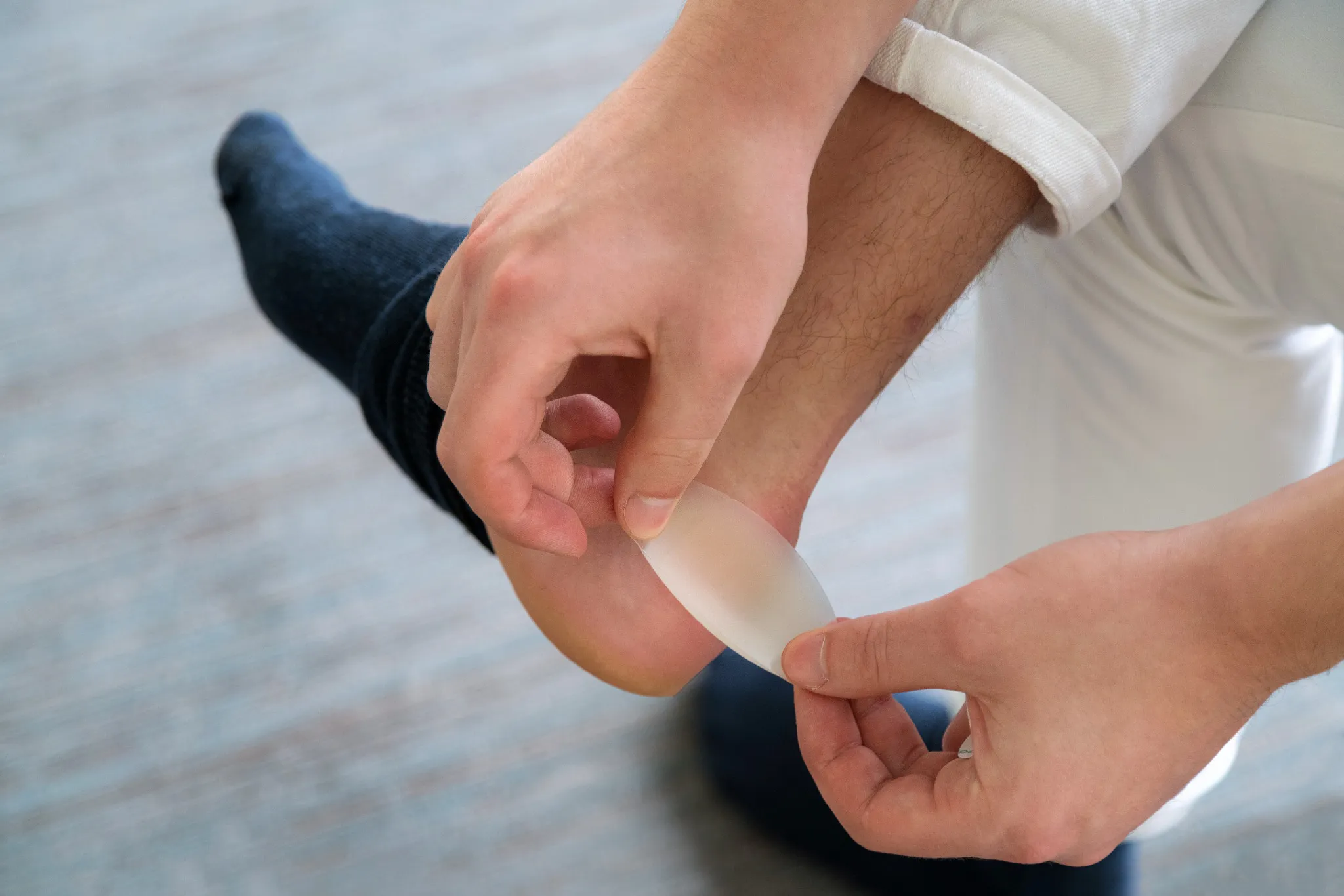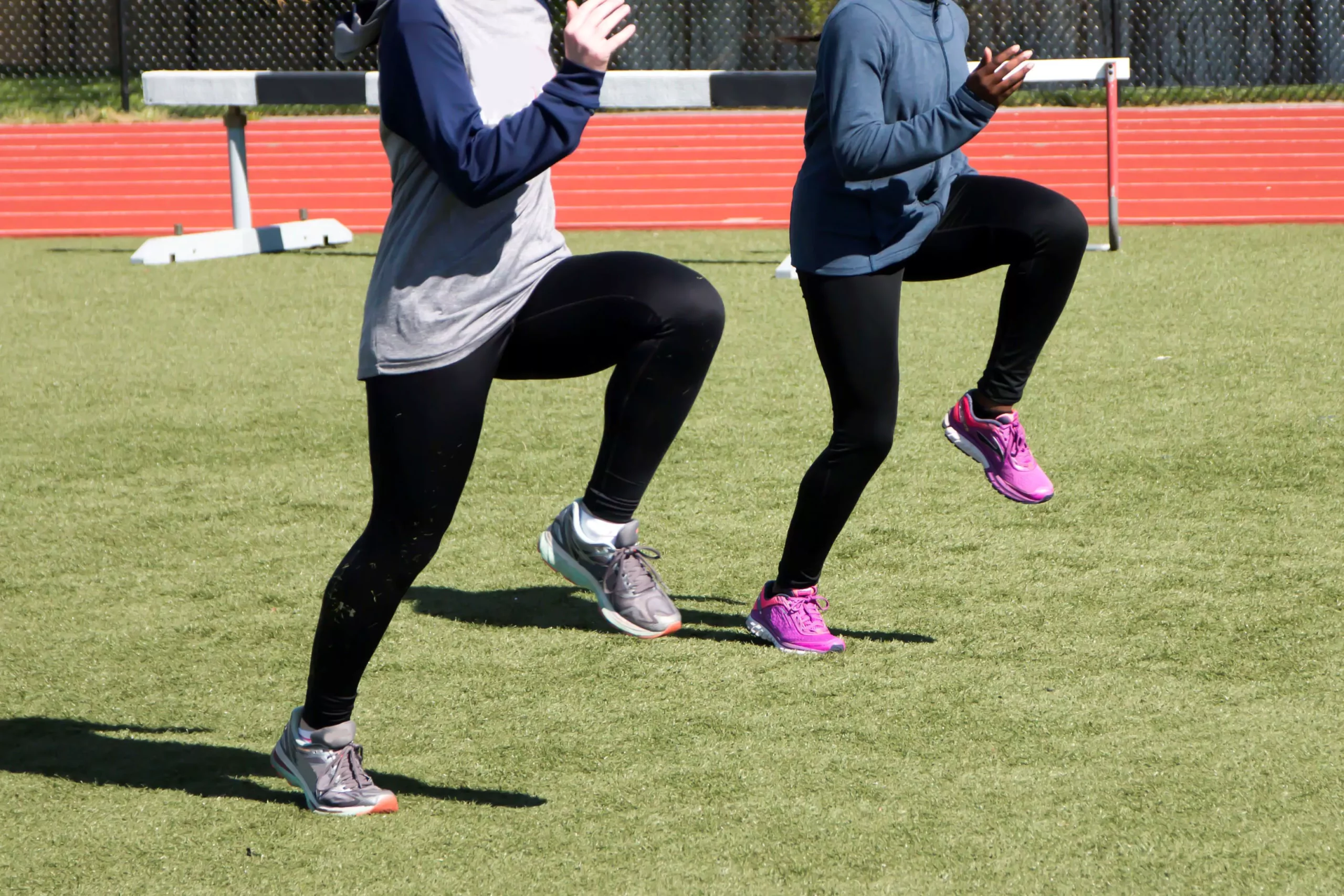Improving your 5K time can feel like a formidable challenge, but with the right training tactics, it’s an achievable goal. Interval training is a potent weapon in the arsenal of any runner looking to not just run longer, but also faster. By focusing on high-intensity bursts of speed followed by brief periods of rest, you can dramatically enhance your aerobic capacity, increase your speed, and slash those 5K times. This article delves into the mechanics of interval training and provides you with a detailed plan to take your 5K performance to the next level. Whether you’re a seasoned runner or a beginner eager to improve, these strategies are designed to be both practical and transformative. Let’s break down the how-to of interval training and turn those hard-won seconds into minutes off your personal best.
Unpacking Interval Training Basics
Interval training involves alternating periods of high-intensity running with periods of low-intensity recovery or complete rest. The idea is to push your body out of its comfort zone, improve your VO2 max (the maximum amount of oxygen your body can use during exercise), and enhance your running economy. By stressing your anaerobic and aerobic energy systems, interval training can lead to significant improvements in speed and endurance.
A typical interval session for a 5K runner might consist of shorter sprints of 400 to 800 meters at a pace faster than your current 5K race pace, followed by a recovery period. The length and speed of each interval depend on your current fitness level and goals. You should aim to run these intervals at an effort where talking becomes difficult, and you feel like you’re working at 85-95% of your maximum heart rate.
Remember, consistency is key. While it may be tempting to go all-out during the early stages of interval training, it’s crucial to start at an appropriate level and gradually increase intensity. This approach helps prevent burnout and injury, ensuring that you can continue improving over time without setbacks.
Designing Your 5K Interval Plan
To design an effective 5K interval plan, begin by assessing your current 5K time and setting a realistic goal for improvement. Once you have your target in mind, structure your interval workouts around that pace. For example, if your goal is to run a 20-minute 5K, your interval pace might be set at or slightly faster than 4:00 per kilometer.
A well-balanced 5K interval training plan should include a variety of workouts. Incorporate short intervals (200-400 meters) to improve speed and turnover, and longer intervals (800 meters to a mile) to enhance endurance. Each interval workout should include a warm-up of at least 10-15 minutes of easy running, followed by dynamic stretches to prepare your muscles for the intense effort ahead.
Plan to perform interval workouts 1-2 times per week, allowing for adequate recovery between sessions. This balance is crucial because the high-intensity nature of intervals puts significant stress on the body, and sufficient recovery is necessary to reap the benefits and prevent overtraining.
Optimizing Rest for Speed Gains
The rest or recovery interval is just as important as the speed work itself. During rest periods, your heart rate comes down, and your body begins to clear the lactic acid that has built up during the intense effort. This allows you to maintain a high quality of running throughout the workout.
For shorter intervals, rest periods might be equal to or half the time of the high-intensity bursts. For example, after a 400-meter interval, you might walk or jog for 1-2 minutes. For longer intervals, rest might be more about distance than time; a 400-meter easy jog after an 800-meter sprint is a common approach.
It’s vital to listen to your body during these rest periods. If you find that you’re unable to maintain the pace for each interval, extend your rest period slightly. The goal of interval training is to challenge yourself, but not to the point of complete exhaustion or injury.
Measuring Progress & Adjusting Pace
Tracking your progress is essential in understanding how your body is adapting to interval training and whether your 5K times are improving. Use a running watch or app to collect data on your interval and 5K times. Pay attention to how you feel during workouts, noting any improvements in recovery time or running economy.
After a few weeks of consistent interval training, you should see your interval times dropping. This indicates that it’s time to adjust your pace. If you’ve been comfortably hitting intervals at your goal pace, try increasing the speed slightly or reducing the rest time between intervals.
Lastly, be patient and give yourself grace. Improving your 5K time is a process, and physiological adaptations take time. Keep a training log to reflect on your journey, celebrate small victories, and adjust your plan as needed. A systematic and disciplined approach to interval training will ultimately lead to those sought-after improvements in your 5K time.
Incorporating interval training into your routine is a tried-and-true method to boost your running performance and achieve faster 5K times. By understanding the basics of interval training, designing a personalized plan, optimizing your rest periods, and diligently tracking your progress, you’re setting yourself up for success on the track or road. Remember to start slow, be consistent, and always listen to your body. With dedication and these strategic interval training tactics, you’ll be well on your way to crossing the finish line quicker than ever before. Lace up your running shoes, and let’s start shaving off those seconds!


